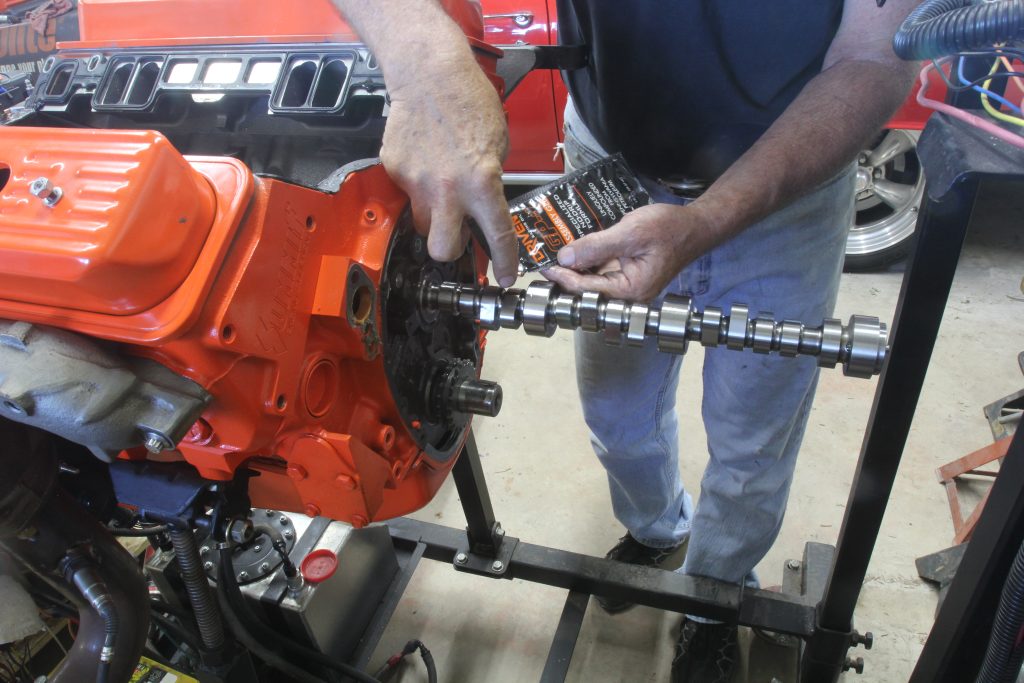You’ve got questions. We’ve got answers—the Summit Racing tech department tackles your automotive-related conundrums. This week in our Mailbag, we’re discussing what you need to know when choosing a new camshaft.
Q: I bought a rebuild kit for my stroker 383 Chevy. It’s .060-inch over (388 cubic inches) with TRW flat top pistons, 10:1 compression, and Brodix Track I heads with 69cc combustion chambers. Now I want to increase my compression with a set of Speed-Pro L2252AF pistons. With 64cc, I will have 13.5:1 compression. But with my 69cc heads, the compression will be less.

My big question is, what camshaft should I run with my latest combination? Please consider something so the valves won’t hit the pistons. The engine will be racing only.
A: We’ve love to help you choose a cam, but we’ll need a more information about your engine and vehicle. Whenever you order a camshaft, you should be ready to supply the following information:
- Engine type and cubic inches
- Engine compression ratio
- Type of cylinder heads
- Induction system (carbureted or fuel-injected)
- Vehicle weight
- Rear-end gear ratio
- Rear tire height
- Torque converter stall speed if you have an automatic transmission
- Intended application (street, drag racing, oval track, etc.)
You are right to be concerned about piston-to-valve clearance when choosing a camshaft. While you can pick a cam with mild lift and duration specs to be safe, that doesn’t always work when it comes to radical race cams and dome pistons. The only sure way to determine proper piston-to-valve clearance is on an assembled engine. A general rule of thumb for clearance is .080 inches on the intake side and .100 inches on the exhaust side. Check out our earlier video for more on checking piston-to-valve clearance. If you find you need more clearance, you’ll have to flycut the pistons.

You never mentioned LSA which means a lot.
What about stroke rod ratio? That determines piston speed and and swell time at top and bottom dead center. Yes sir pick a cam without more data. Might make a decent no on the Dyno, but rev time could be like a DUMP TRUCK.
Muy importante el tipo de combustible que vas a usar
Yo tengo una duda tengo un stroker410 sbf cabezas afr185 rpm intake 11:1 RC turbina 2500 diferencial 410 carburador 750 hp tengo dos cámaras una con duración a 0.050 224 y 232 y otro con duración a 0.050 235 y 238 es una troca de calle uso solo fines de semana y carreras de arrastre cual árbol de levas es mejor para mí aplicacion
What cam u recommend 97 Toyota Corolla 1.6 stock for street and maybe a little racing I will be buying long tube exhaust header and muffler to make it sound good.went thing get better will be doing more.